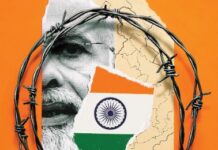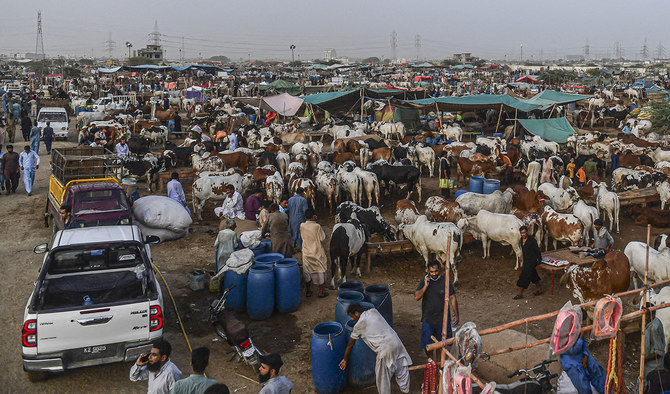Over the centuries man has solved many a grand mystery. From complex domains as diverse as relativity and quantum mechanics on the one hand and economics on the other, many questions that defied solutions for a long time have been answered to man’s satisfaction. However, many questions, apparently much more modest when compared to those pertaining to the aforementioned fields, continue to go unanswered. Here, in one place, but in no particular order, are some such questions along with a few words explaining their backgrounds. It is hoped that some brilliant and ambitious man aspiring to a career as a modern-day Socrates will lock his intellectual horns with them and solve them for the benefit of humanity at large.
Let us start with mothers– as good a place to start as any. Mothers, as we all know, are wonderful souls to say the least. Ask any man or woman, and you are certain to be told how perfect his or her mother is. (You are likely to be told the same even if you do not ask.) Far be it from any outsider to consider all this overwhelming testimony in favour of mothers as anything but conclusive; but for the more observant fellows, this does raise a pertinent question: If all mothers are perfect human beings (and there can be little doubt that that is the case), who are all these monstrous mothers-in-law?
Our next puzzle is connected to the Eid-ul-Azha, and therefore the more perceptive individuals cannot help being reminded of it every year without fail. According to Pakistan Tanneries Association’s estimate (for what it is worth), more than 9 million animals were slaughtered on Eid last year. Unfortunately, we as a nation are notoriously poor at record keeping, so the daily average for the rest of the year and the related figure of the total number of butchers in the country is not known. However, it can be safely supposed that the number of animals slaughtered on the occasion of Eid is a far cry from the number of butchers available nationwide. Granted that in theory, the Eid sacrifice can be performed over a period of four days; in practice, most people do it during the morning hours on the first two days. Considering the non-uniform distribution of butchers in the different areas of the country and the fact that very few individuals have the appetite or the ability to slaughter their own animals, the question to answer is this: Come Eid day, where do all these butchers suddenly come from?
The list of questions awaiting resolution is endless. Why is the frequency of bald men visiting the barber for a haircut directly proportional to the degree of advancement of their baldness? Why is it that the USB device is always inserted the wrong way up on the first attempt? Is Bhutto alive? And if so, what are his whereabouts? Will we get beauty soap in the life after death?… The list goes on and on, and would necessitate much more than a column to catalogue. Suffice it to say that there is enough material available for the most intelligent of men to pit their wits against.
The world of research brings its own mysteries. The last few years have seen a dramatic increase in publication of research articles by Pakistani academicians. Most of this increase is in the physical sciences. Between 1985 and 2015, there has been an increase of 627 percentt in terms of scientific articles published by Pakistani institute affiliates. According to estimates compiled for Nature by Clarivate, from 2017 to 2018, Pakistan saw a 21 percent increase in research output– the highest in the world! One naturally wishes more power to Pakistani academicians. However, at the same time, one wonders why is it that– despite these wonderful figures– far from taking the scientific world by storm, we have failed to display any discernible signs of life even at the most basic of industrial levels. Let alone discovering or inventing anything worthwhile, little (if any) industrial or domestic hardware is produced in the country that does not leave a great deal to be desired in terms of durability, efficiency and ease of use. In other words, why does all this research output have no correlation whatsoever with tangible results on the ground?
Our next puzzle relates to the ubiquitous prayer mat. In deference to the instructions of the elders, Muslims of the Subcontinent always make sure that they fold one corner of the prayer mat after finishing their prayers. The rationale behind it is that failing to do so apparently allows Satan to start offering his prayers on the mat. While the desire to please the elders is commendable, this practice raises at least two questions. One: Is it too difficult for Satan to unfold the prayer mat himself? And two: If Satan wants to offer his prayers, why is that a problem?
The list of questions awaiting resolution is endless. Why is the frequency of bald men visiting the barber for a haircut directly proportional to the degree of advancement of their baldness? Why is it that the USB device is always inserted the wrong way up on the first attempt? Is Bhutto alive? And if so, what are his whereabouts? Will we get beauty soap in the life after death?… The list goes on and on, and would necessitate much more than a column to catalogue. Suffice it to say that there is enough material available for the most intelligent of men to pit their wits against.























